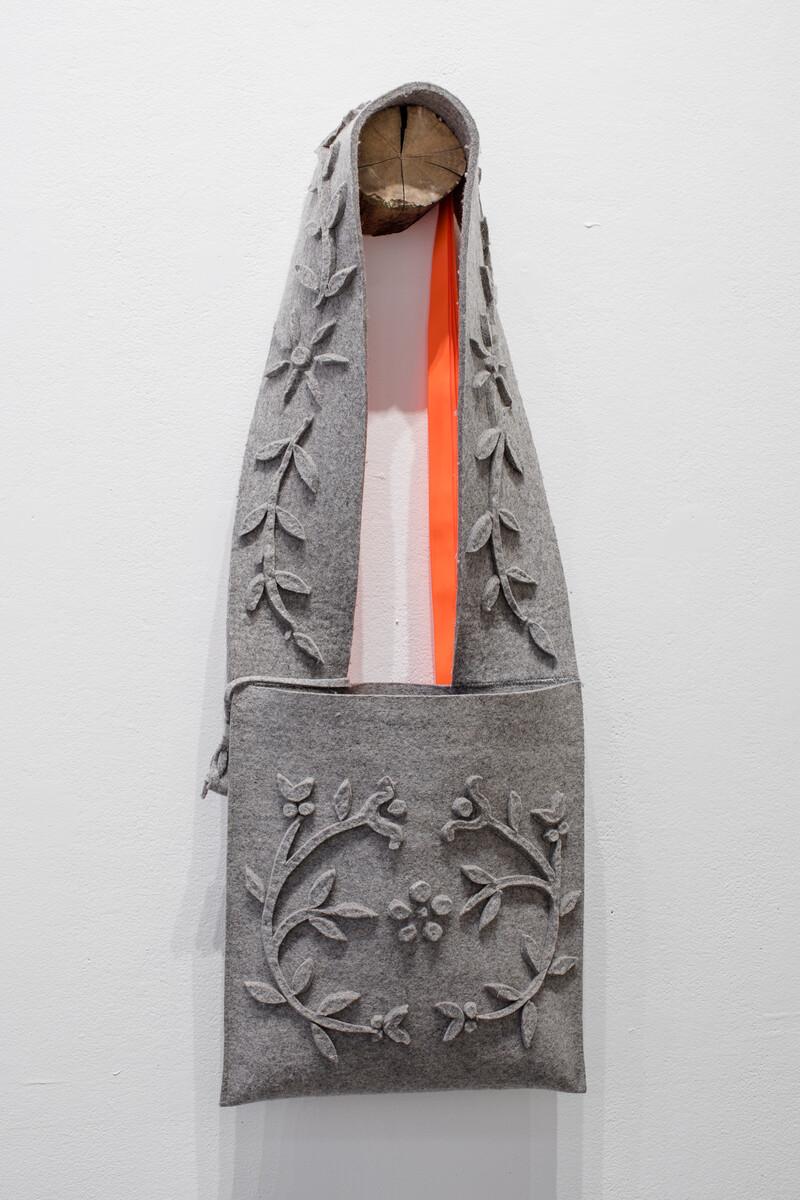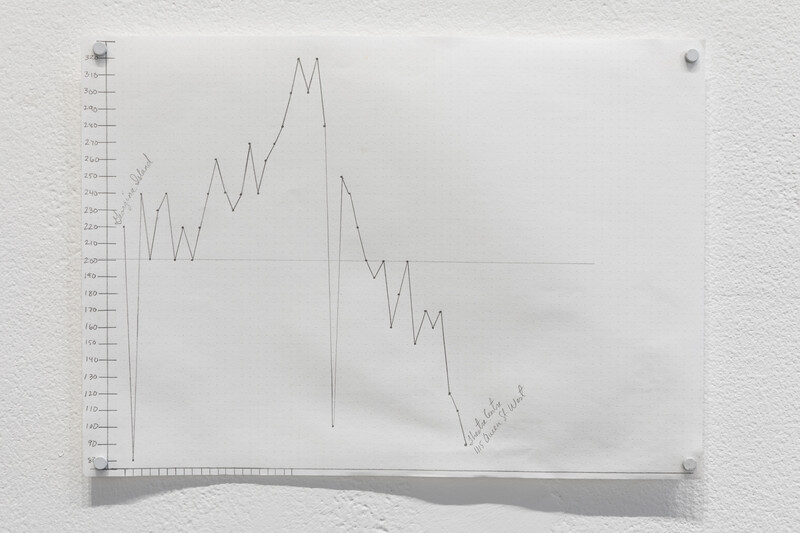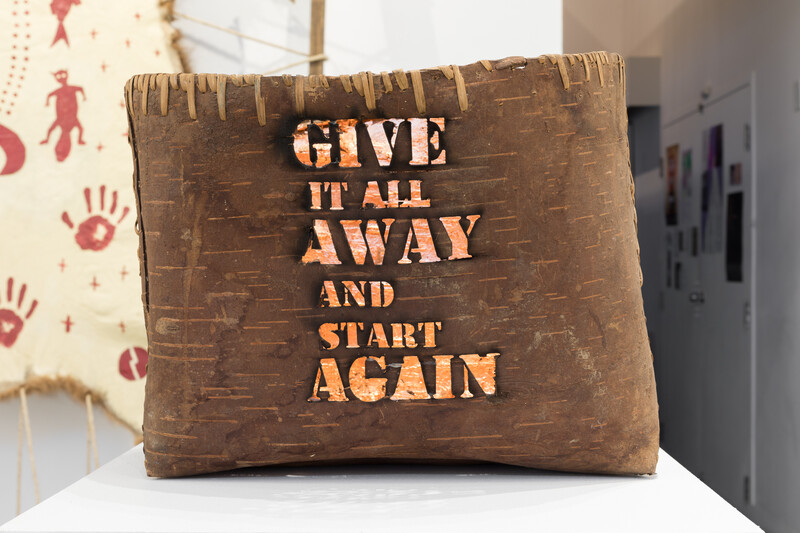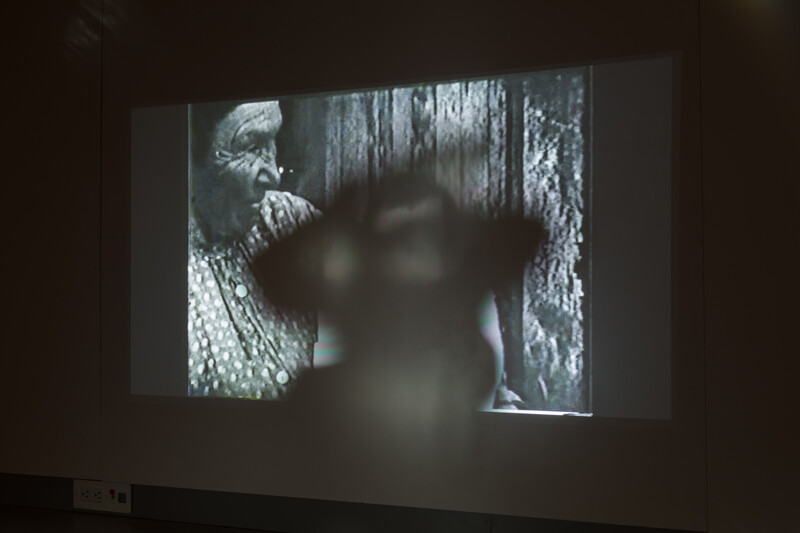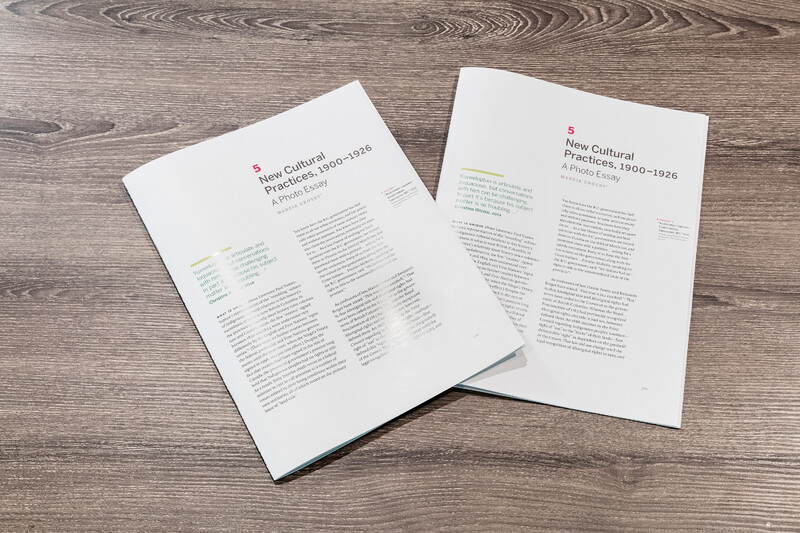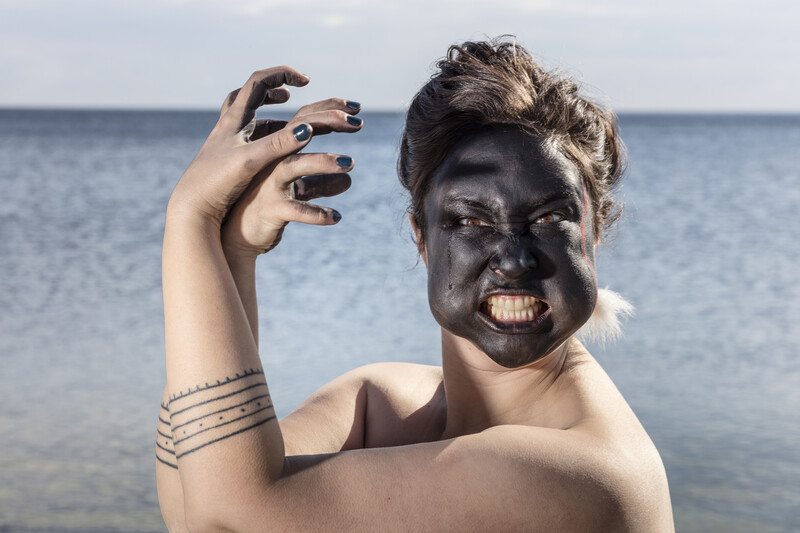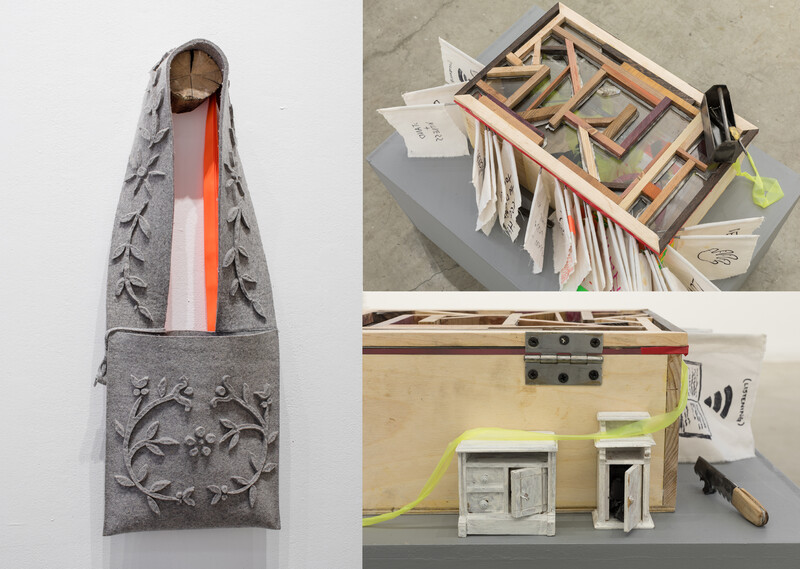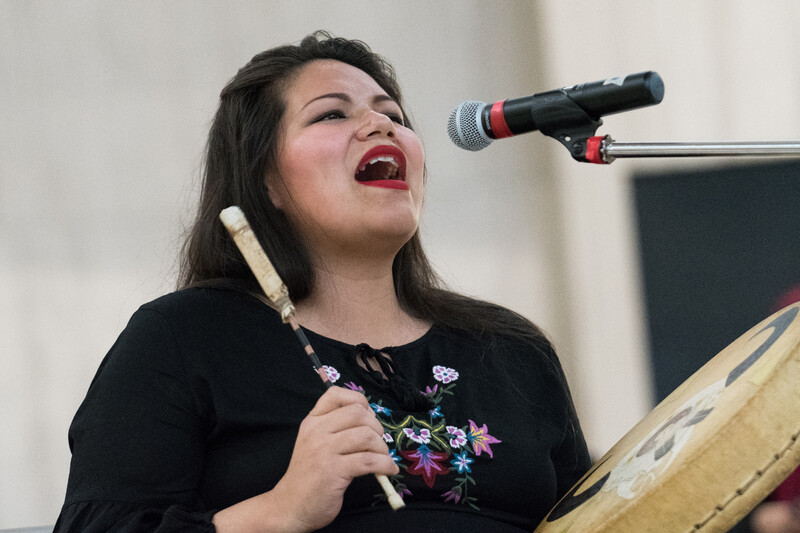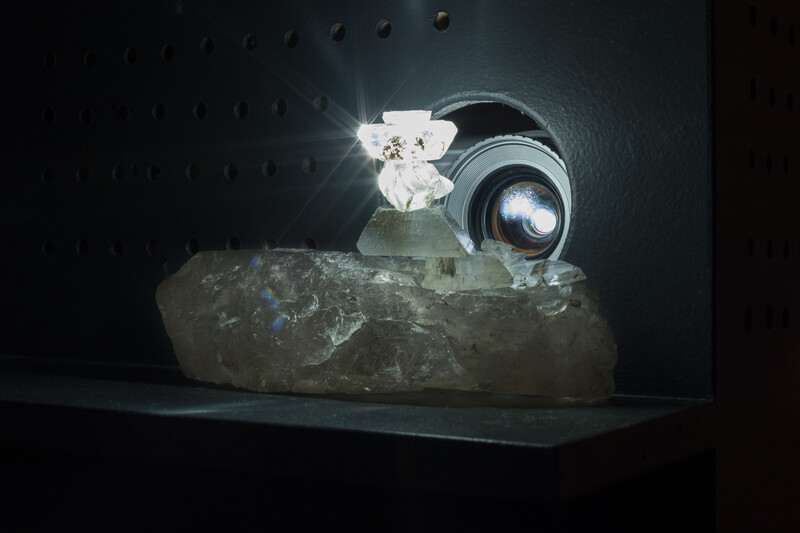
Take Care’s fourth circuit, Stewardship, decentres the isolated individual as the privileged recipient or the primary site of care. Against the calamitous futures wrought by extractivism and the state forces that enable it, this circuit explores stewardship as a potential counter-modality of caretaking. Relationality, shared responsibility, custodianship, interdependency, community governance, and intergenerationality: the contested lexicon of stewardship is difficult to avoid in efforts to respond to the crises of care cascading across multiple domains of life—ecological, social, cultural, political. Stewardship scales up care, and names the relational work of tending to a world, a resource, an artefact, a memory, a community, a knowledge system, an institution, a future. Stewardship forefronts ideas and practices of care that centre upon relationships to land, territory, and water, and that undo hierarchies between human and nonhuman. While irreducible to stewardship alone, this circuit’s exhibition—#callresponse—repositions the crisis of care within and against the intersecting forces of the nation state, colonialism, land dispossession, and patriarchy. As co-organizer Tarah Hogue writes in relation to #callresponse, “the resistance of Indigenous peoples exposes the precarity of settler sovereignty and opens possibilities for alternate conceptions of care and responsibility towards one another.”1
CALL
To support the work of Indigenous women from across Turtle Island through art commissions that drive dialogue and mobilize action on the topic of reconciliation with Indigenous Peoples. To stand together across sovereign territories as accomplices2 in awakened solidarity with all our relations, both human and non.
RESPONSE
To ground art in accountability, value lived experience, and build upon systems of support. To enact strategies of resurgence, resilience, and refusal against ongoing multiple articulations of power and the structural colonial violence of nation states.
Guided by Anishnaabe Nation intelligence as told by Washkigaamagki (Curve Lake First Nation) Elder Gidigaa Migizi (Doug Williams), we act in the spirit of Nanaboozho, who is interpreted in the following text by Leanne Betasamosake Simpson as Kwezens, whose “very presence simultaneously shatters the disappearance of Indigenous women and girls from settler consciousness. … [She propels] us to rebel against the permanence of settler colonial reality and not just ‘dream alternative realities’ but to create them, on the ground in the physical world, in spite of being occupied.”3
#callresponse is an artistic and curatorial collaboration co-organized by Tarah Hogue along with project artists Maria Hupfield and Tania Willard. The project begins with a series of five local art commissions by Indigenous women and artists whose home territories are located in the Canadian nation state. Each artist invites respondents to consider her work, and their responses are also included in the exhibition. The pairings include Christi Belcourt and Isaac Murdoch; Maria Hupfield and IV Castellanos and Esther Neff; Ursula Johnson and Cheryl L’Hirondelle; Tania Willard and Marcia Crosby; and Laakkuluk Williamson Bathory and Tanya Tagaq. Following the initial commissions, a touring exhibition opened at grunt gallery in Vancouver in 2016, with selected representations of each project continuing to evolve with each geographic location to which it travels.
Blackwood Gallery invited the co-organizers to engage with the institution’s collection of Inuit Art as a site-specific response to the thematic of Stewardship, the fourth circuit of the Take Care project that occasioned this iteration of #callresponse. The co-organizers invited Beatrice Deer, an Inuk singer from Nunavik, to select works from the collection to be hung on the University of Toronto Mississauga campus. These works are accompanied by textual responses written in English and Inuktitut from Deer’s own perspective as an Inuk woman. A number of other local responses have also been commissioned, including a “visitation” of Ursula Johnson’s durational song-based performance Ke’tapekiaq Ma’qimikew: The Land Sings with Cherish Violet Blood and Rosary Spence, song workshops for youth led by Cheryl L’Hirondelle and Ursula Johnson in partnership with Peel Aboriginal Network Friendship Centre, a “writer-in-residence” who will take over the project’s social media platforms, and a panel discussion unpacking the concept of stewardship in relation to Indigenous and artistic considerations.
—#callresponse
Take Care, Circuit 4: Stewardship
Christi Belcourt, IV Castellanos, Marcia Crosby, Maria Hupfield, Cheryl L'Hirondelle, Ursula Johnson, Isaac Murdoch, Esther Neff, Tanya Tagaq, Tania Willard, Laakkuluk Williamson-Bathory
Co-organized and curated by Tarah Hogue, Maria Hupfield, and Tania Willard
Artist Projects
Lightbox Commission
Events
Installation Views
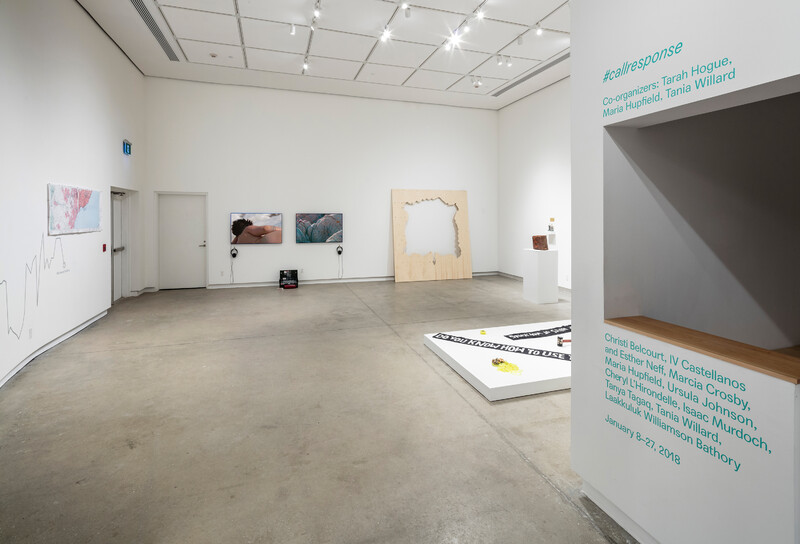
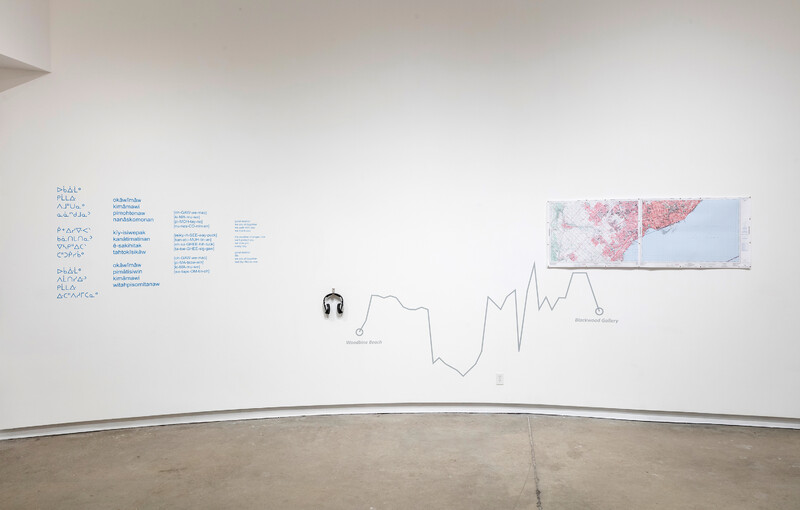
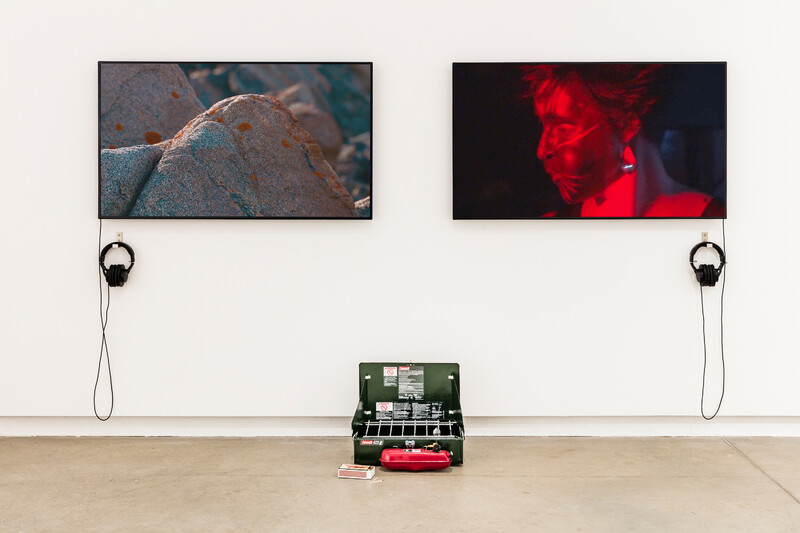
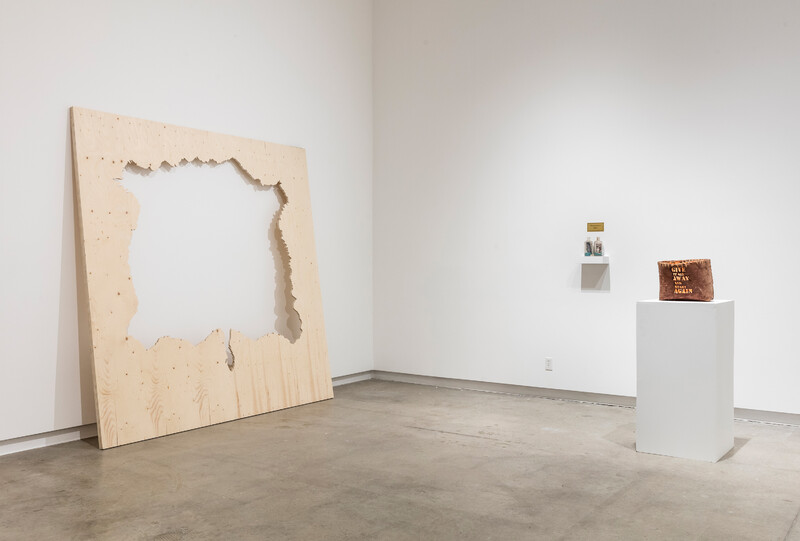
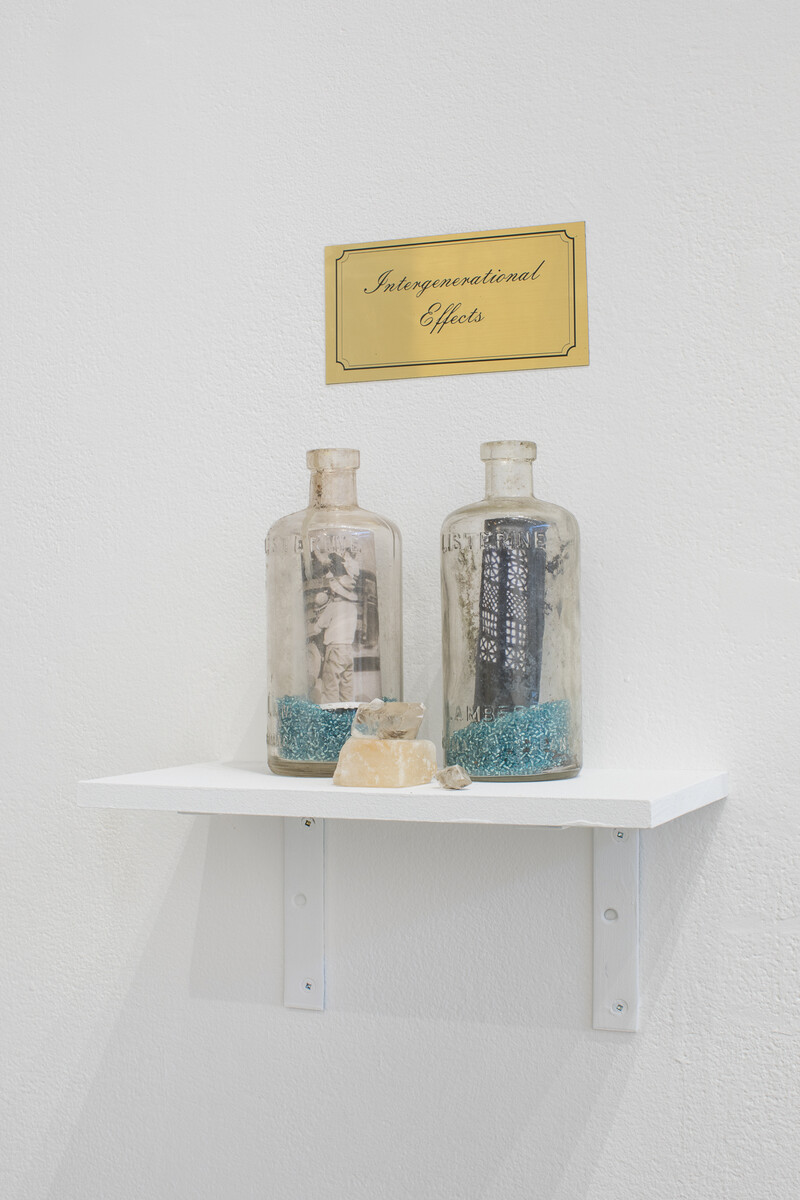
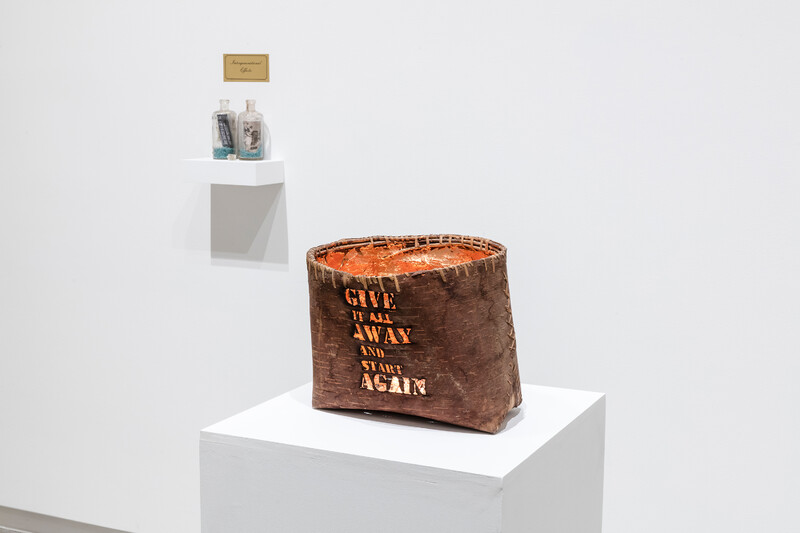
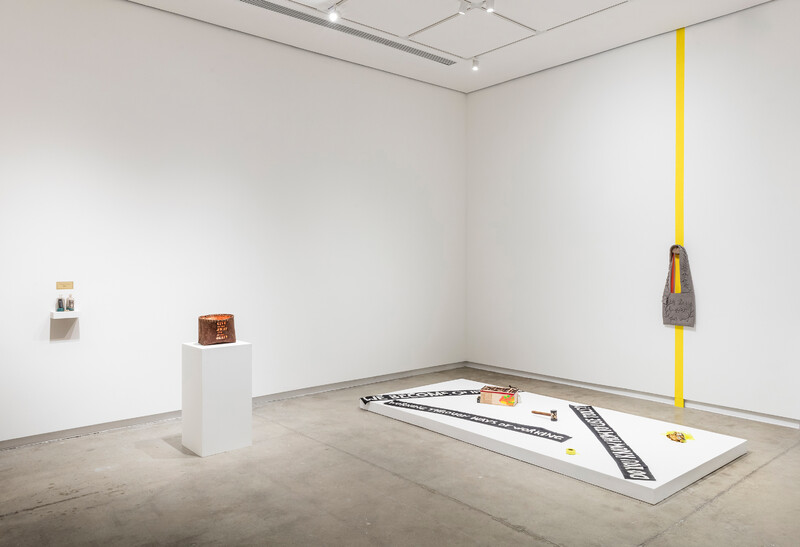
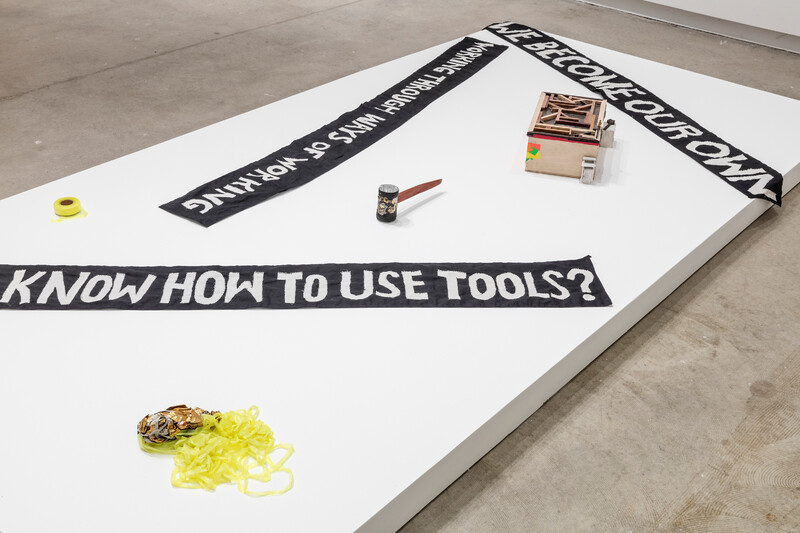


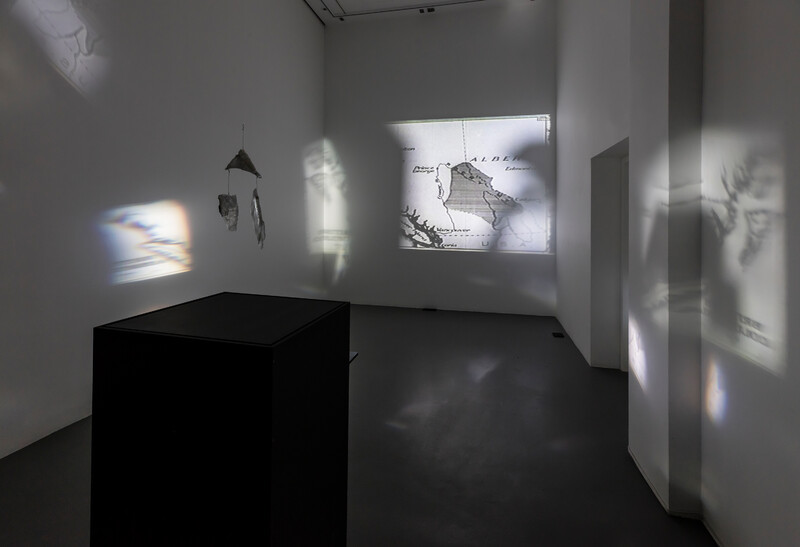
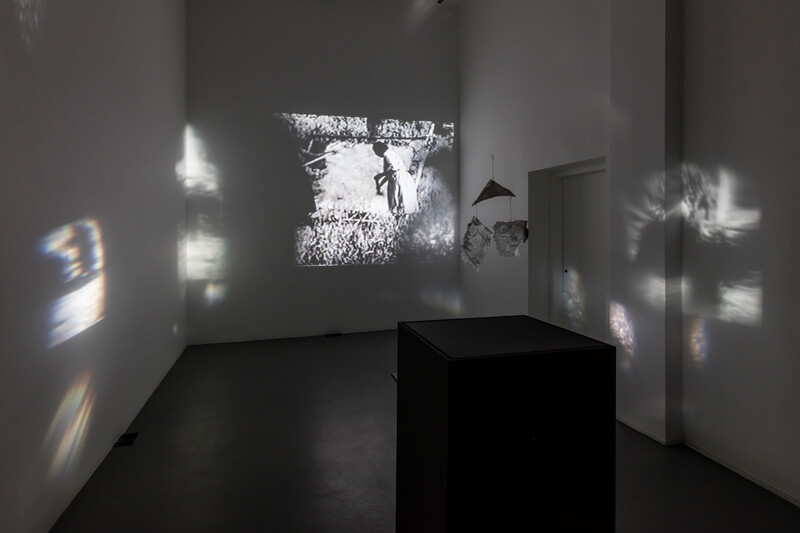
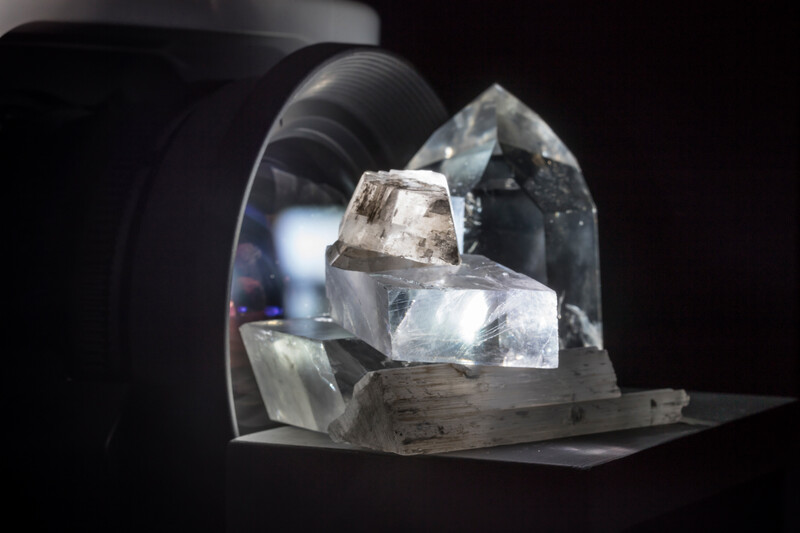
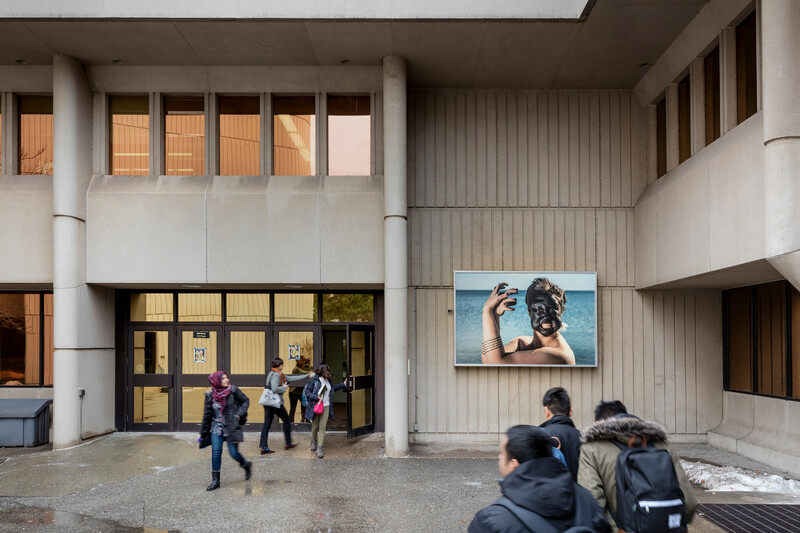
- Artists
- Christi Belcourt
- IV Castellanos
- Esther Neff
- Marcia Crosby
- Maria Hupfield
- Ursula Johnson
- Cheryl L’Hirondelle
- Isaac Murdoch Bombgiizhik
- Tanya Tagaq
- Tania Willard
- Laakkuluk Williamson Bathory
She is the recent recipient the 2021 Governor General’s Award in Visual and Media Art. In addition, Cheryl was awarded two imagineNATIVE New Media Awards (2005 & 2006), and two Canadian Aboriginal Music Awards (2006 & 2007), and has been nominated for or received honorable mention for various other arts and music awards. Her work has been published, written about, exhibited, performed, and presented regionally, nationally, and internationally. L’Hirondelle holds a Master of Design from OCAD University’s Inclusive Design program (2015) and is a current member of the university’s Indigenous Education Council. She is currently a PhD candidate with SMARTlab at University College, Dublin, in Ireland.
- Co-organizers
- Tarah Hogue
- Maria Hupfield
- Tania Willard
#callresponse, Blackwood Gallery, and Letters & Handshakes extend deepest thanks to all the participating artists, respondents, and the networks that support the important work they undertake at all levels. Thank you also to those who have led and participated in the programming around the exhibition.
The Blackwood Gallery gratefully acknowledges the operating support of the Canada Council for the Arts, the Ontario Arts Council, and the University of Toronto Mississauga.
This exhibition is organized and circulated by grunt gallery, and presented by Blackwood Gallery. #callresponse is produced in partnership with grunt gallery and generously supported by the {Re}conciliation initiative of the Canada Council for the Arts, the J.W. McConnell Family Foundation and The Circle on Philanthropy and Aboriginal Peoples in Canada. Additional funding support from the British Columbia Arts Council.
The Blackwood Gallery is grateful for the generous support of #callresponse from the Jackman Humanities Institute Artist-in-Residence Program, the BC Arts Council, and grunt gallery, with additional support from the Department of Visual Studies and Women and Gender Studies (UTM).
Funding for staff support was made possible through the Young Canada Works in Heritage Organizations Graduate Internship program, Department of Canadian Heritage. The Canadian Museums Association administers the program on behalf of the Department of Canadian Heritage.







The Blackwood
University of Toronto Mississauga
3359 Mississauga Road
Mississauga, ON L5L 1C6
[email protected]
(905) 828-3789
The galleries are currently open. Hours of operation: Monday–Saturday, 12–5pm.
Facebook | Twitter | Instagram
Sign up to receive our newsletter.
The Blackwood is situated on the Territory of the Mississaugas of the Credit, Seneca, and Huron-Wendat.

